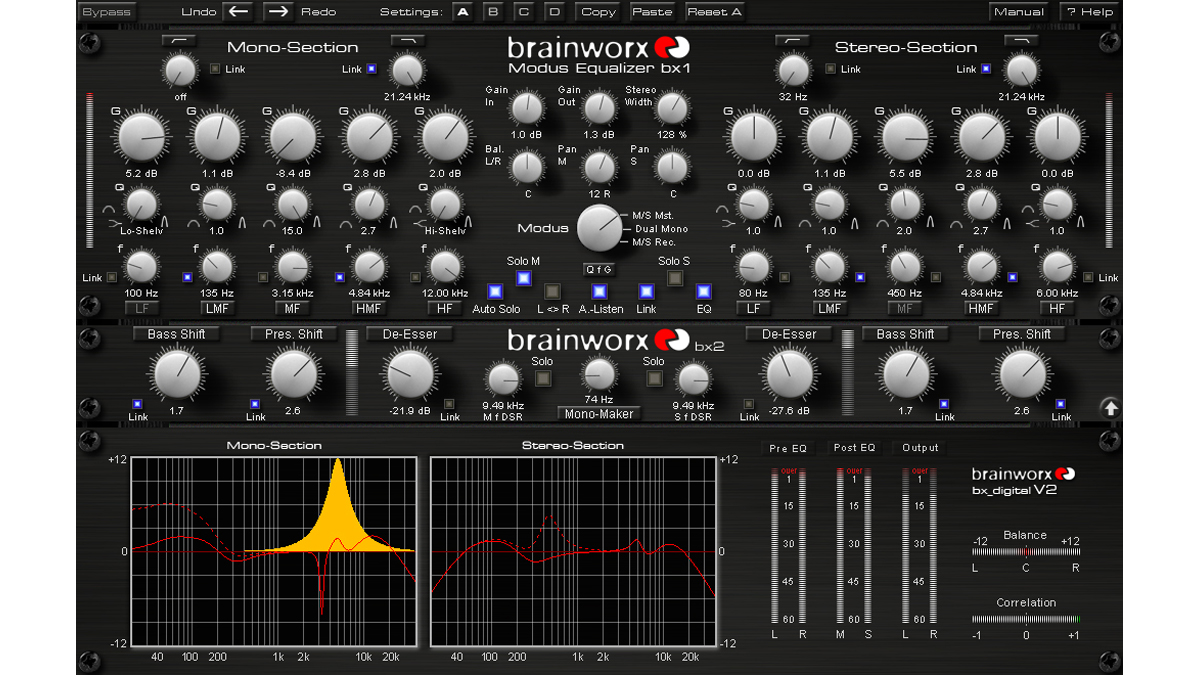How to master an 'unfixable' mix
Even if your mix sounds irreparably damaged, you may well be able to save it…

MASTERING WEEK: Picture this: you're nearing the completion of your mastering chain, you've pulled out all your usual tricks and the mix still isn't gelling - what's to be done?
Well, in most cases, you go back to the mix to fix any issues. Serious lack of high-end resulting in massive amounts of additive EQ? Go back to the mix. Seriously low dynamic range resulting in a smashed end result? Back to the mix. You get the picture; if there are serious problems, the best way to fix them is at source. But sometimes this just isn't an option.
If, for whatever reason, you can't get back to the mix to make adjustments, you might just have to bite the bullet and take some drastic measures to repair any issues or make enhancements as part of the mastering process.
One of the most common issues you'll face in a problem mix is the rogue instrument or performance that refuses to behave. Whether it's a dull recording or a sibilant vocal, this can be extremely frustrating. One thing that can help here is M/S (Mid/Side) processing, enabling processing of mono and stereo information independently.
Plugins like bx_digital V2 from Brainworx make M/S processing a piece of cake. bx_digital allows you to EQ (and even de-ess) the mono information in your mix. In most cases, this lets you home in on single drum hits, vocals and synths with astounding accuracy. With practice, adding enhancement, cutting resonant frequencies and even boosting the perceived volume of these elements is possible.
Mid/side processing also gives you the ability to manipulate the stereo information in the mix. Strings, pads, backing vocals and even reverb can be attacked with it. The stereo sound stage can be enhanced (or tamed), and any of these elements can be correctively equalised. Mid/side processing doesn't give you absolute control over the mix, but it can be hugely helpful when it comes to resolving certain issues.
Another tool for precisely adjusting specific areas of a mix is multiband processing. Multiband compressors can do things like actively compress low frequencies while leaving everything else untouched.
Want all the hottest music and gear news, reviews, deals, features and more, direct to your inbox? Sign up here.
Even more technically impressive than multiband compression is dynamic EQ. With this, you can use the dynamics of the input signal to modulate the amount of cut or boost applied to the target frequency, and even narrow the triggering signal down to a specific frequency range. Say you want to boost a percussion line in the lower mids every time the snare hits - dynamic EQ makes this possible.
When mastering, dynamic EQ can be a godsend, as there may be different sections of a track that require EQ to be applied only to specific instruments. Dynamic EQ can react to these situations very well, due to its flexibility and ability to take a feed from any instrument.
Future Music is the number one magazine for today's producers. Packed with technique and technology we'll help you make great new music. All-access artist interviews, in-depth gear reviews, essential production tutorials and much more. Every marvellous monthly edition features reliable reviews of the latest and greatest hardware and software technology and techniques, unparalleled advice, in-depth interviews, sensational free samples and so much more to improve the experience and outcome of your music-making.
